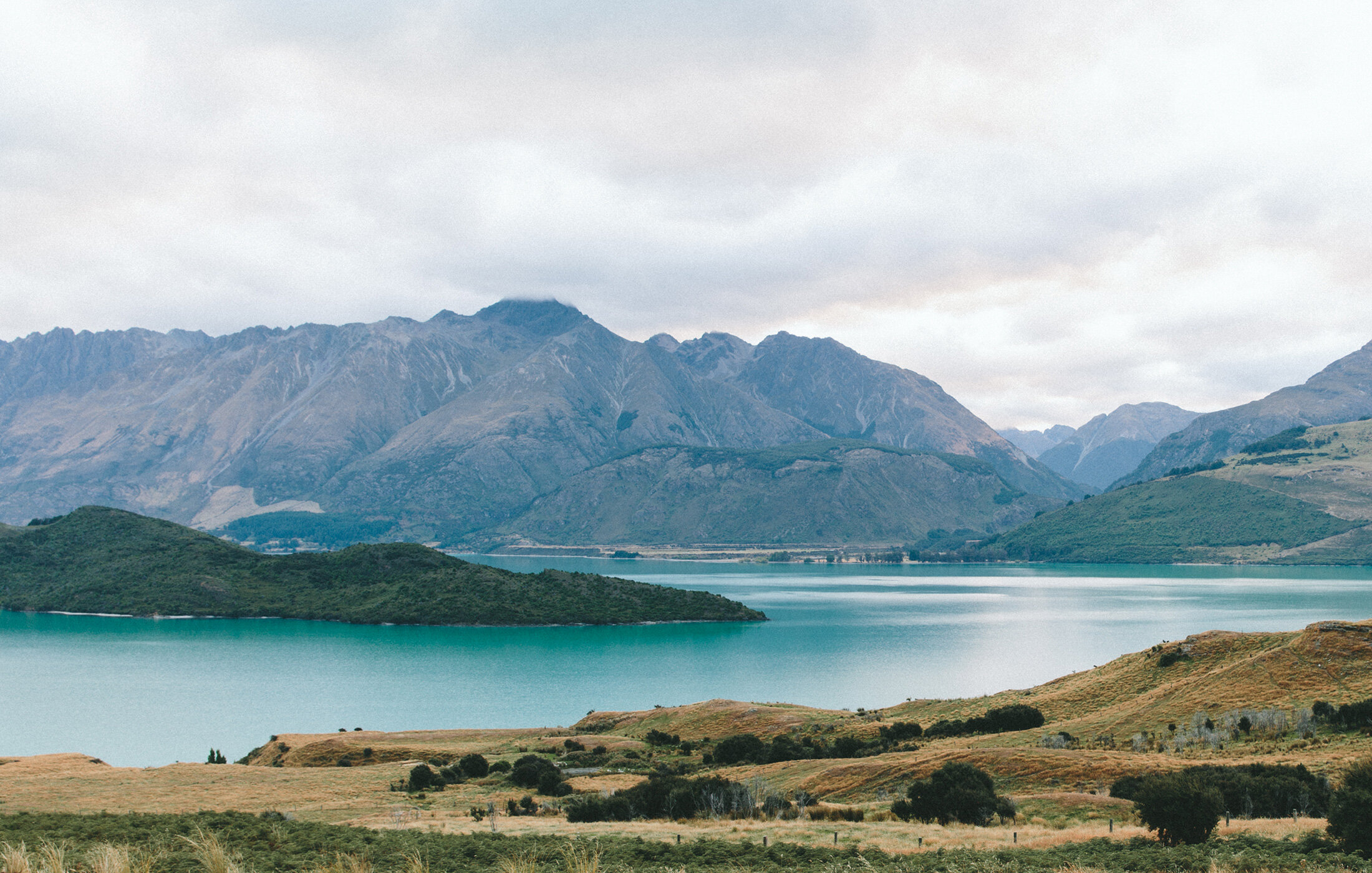
Stem water content in boreal forests: measurement and validation
Status: Active
Span: 2023-2024
Location: SLU. Umeå, Sweden
Contact: Jose Lopez: (jose.lopez@slu.se)
Summary:
Water content in green stems (living trees) is a growing field. However, it is really difficult to have reliable measurements. Partially because we don’t really have a sensor dedicated for its measurement. Given that it is used in many other measurements, such as sap flow, remote sensing, etc., we often use other sensors for its measurement.
In broad terms, there are two major types of sensors used for this purpose: thermometric, and dielectric sensors. The dielectric sensors can be split into various types such as frequency domain or time domain. In this project, we are validating both thermometric and frequency domain sensors. Our goal is to generate reliable equations capable of estimating volumetric water content in living stems of three major boreal species: Norway spruce (Picea abies), Scots pine (Pinus sylvestris) and Silver birch (Betula pendula).
An additional area of study in our project, is the effect of freezing and thawing cycles on water content measurements. Thermometric and time/frequency domain sensors fail during the phase change of water-ice. However, we are developing a series of equations that would correct these measurements.
Preliminary results
In the figure above we show the uncorrected (left) and corrected (right)water content estimates using TEROS sensors (frequency domain). We compare these values with gravimetricaly-derived volumetric water content. Overall, we show that it is possible to parameterise equations to estimate water content with high accuracy in living trees, using TEROS sensors.
In the figure above we show the uncorrected (grey) and corrected (color) tree water content estimates using Sap flow sensors (heat pulse). We tried different methods: curve-fitting heat conduction-convection equations (hcc) and selecting the maximum heat rise after the pulse (Tmax). We compare these estimate with gravimetricaly-derived tree water content. We have also estimated tree water content using TEMPOS Analyser.
In general, thermometric methods are a promising area, but much works needs to be done. Sadly, some companies are already selling sap flow sensors, and claim they can measure tree water content. Please take a look at the validation they provide.







